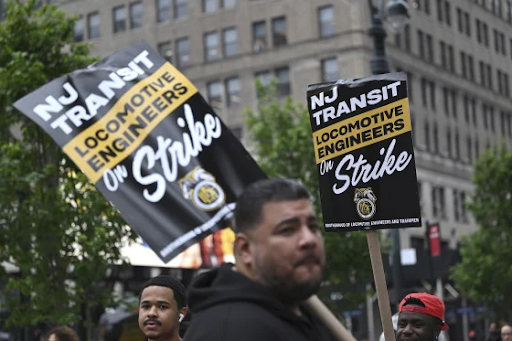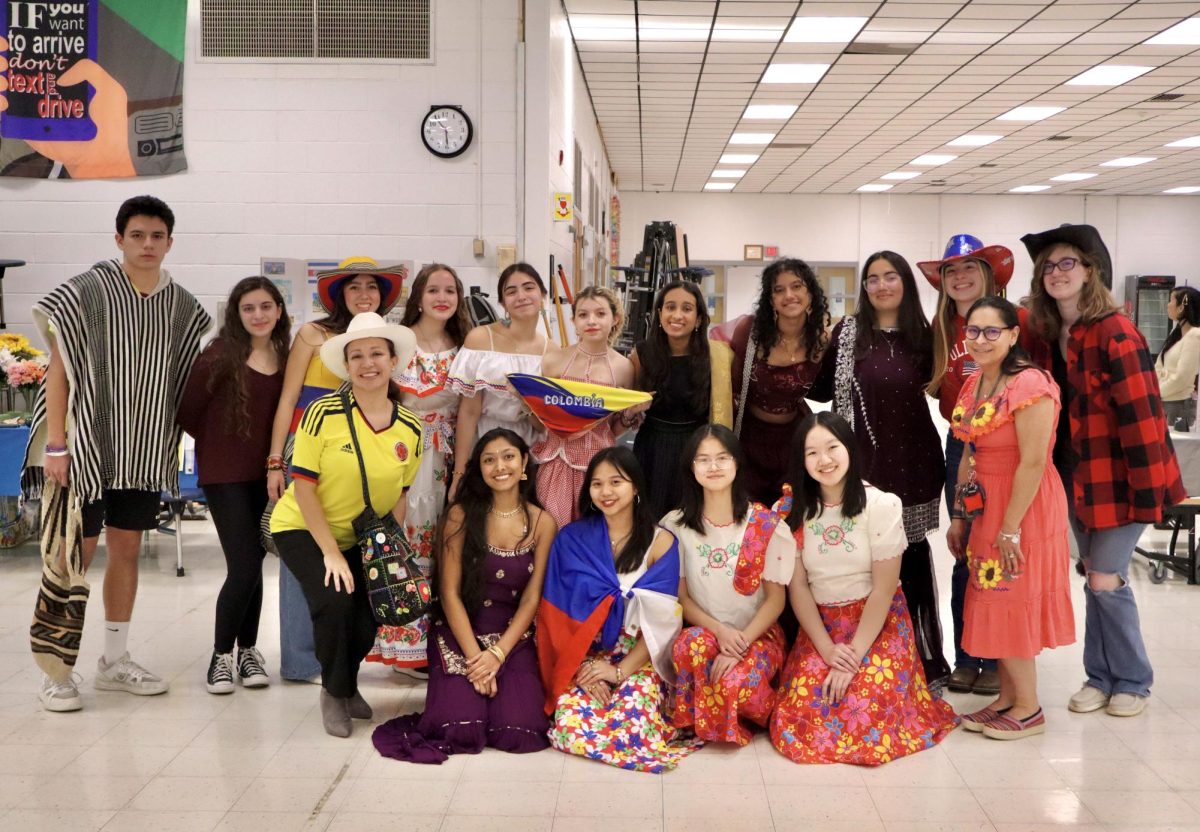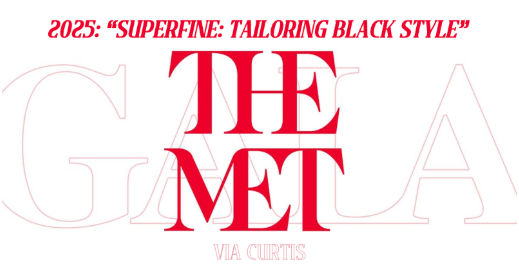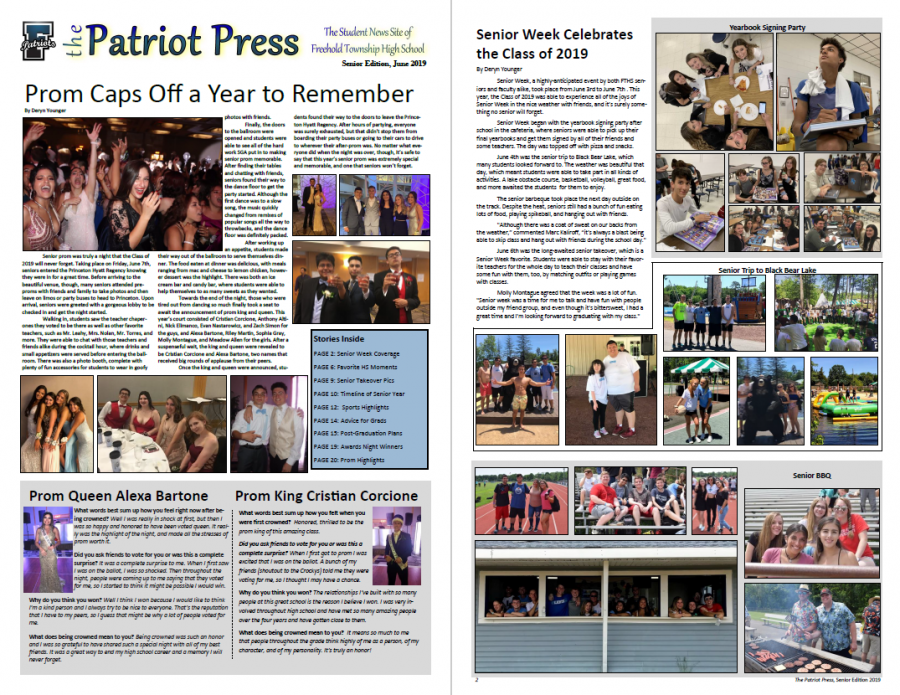It begins with a scroll. A swipe. A flash of color. A dopamine hit. Fast fashion is the whisper in your ear: “You need this.” It’s the thrill of the new, the illusion of reinvention, the promise that a $12 dress can make you feel like someone else—someone better. But fast fashion is not just clothing. It’s a mirror, a mask, a mood swing. It’s psychology stitched into polyester seams.
When we click “Add to Cart,” our brains light up—literally. The act of buying something new, especially something trendy and cheap, releases dopamine: the feel-good neurotransmitter that rewards us for seeking novelty. This is why fast fashion feels addictive. It’s not just about the clothes; it’s about the chemical high. It’s retail therapy, but the kind that leaves you emptier than before.
We now buy 60% more clothing than we did in 2000, but wear each item less than seven times (Project Cece). Then we toss it, and the cycle begins again.
Fast fashion feeds on insecurity. Social media floods us with curated closets and filtered perfection, making us feel like we’re always behind. The Fear of Missing Out (FOMO) isn’t just about events anymore—it’s about outfits. This constant exposure to rapidly changing trends, coupled with the accessibility of cheap clothing, cultivates a specific mindset and behavioral pattern that affects individuals on a deeper psychological level (Sustainability Directory).
We chase trends not because we love them, but because we fear being left out. Fast fashion exploits this fear, offering quick fixes to our self-doubt.
Fast fashion tells us: “You are what you wear.” It sells identity in a box, promising transformation with every purchase. But these identities are fleeting, as disposable as the clothes themselves. This reliance on fast fashion for identity expression leads to a fragile sense of self, contingent on fleeting trends (Sustainability Directory). We become trapped in a cycle of consumption, seeking validation through ever-changing styles.
Behind the allure of fast fashion lies a darker reality. The industry is responsible for 2–8% of annual greenhouse gas emissions, more than all international flights and maritime shipping combined. Our collective washing of clothing made with synthetic materials accounts for 35% of all ocean microplastics. The industry overall produces 20% of all industrial wastewater (Earth Day).
And the human cost? Staggering. Garment workers—mostly women—often earn less than $3 a day and work in unsafe conditions. In April 2013, a building in Bangladesh housing five garment factories collapsed, killing 1,132 people and injuring more than 2,500 (Earth Day). These hidden costs are the true price of our cheap clothes.
Breaking free from the fast fashion cycle requires awareness and intentionality. It means questioning the narratives we’ve been sold and redefining our relationship with clothing. By embracing sustainable fashion, we can align our values with our choices. This involves supporting ethical brands, choosing quality over quantity, and finding joy in timeless pieces.
The shift won’t happen overnight, but every conscious decision moves us closer to a more sustainable and authentic expression of ourselves.
Fast fashion is a fleeting love affair, promising happiness but delivering emptiness. It’s time to end the cycle and seek fulfillment beyond the seams.






















































